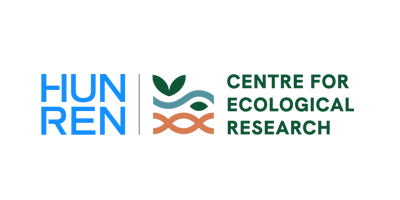Researchers from the University of Miskolc’s Institute of Environmental Management, leading an international collaboration with Poland, have published a pioneering study on spring water quality in southern Poland in a prestigious Q1 journal.
The comprehensive research analyzed six spring locations using advanced geochemical modeling, health risk assessment, and Monte Carlo simulations across four seasonal campaigns. The study represents the first integrated assessment of its kind in the region.
Critical Health Findings: The research revealed that children face 1.5-2 times higher health risks than adults from heavy metal exposure. Mercury contamination at one location exceeded safe limits with hazard quotients reaching 3.01, while chromium and lead were identified as priority carcinogenic contaminants.
Key Discoveries: Seasonal variations showed dramatic changes in water chemistry, with calcium concentrations fluctuating from 90-96 mg/L in winter to 19-45 mg/L in summer. The study identified two distinct water types, enabling rapid contamination source identification.
Global Impact: While all springs achieved “Good” water quality ratings, specific locations showed concerning heavy metal pollution indices reaching 120.10. The research provides actionable recommendations for water management authorities and contributes to UN Sustainable Development Goals.
This groundbreaking work sets new standards for water quality research and demonstrates the power of international scientific collaboration in addressing global environmental challenges.
The full article: nature.com

